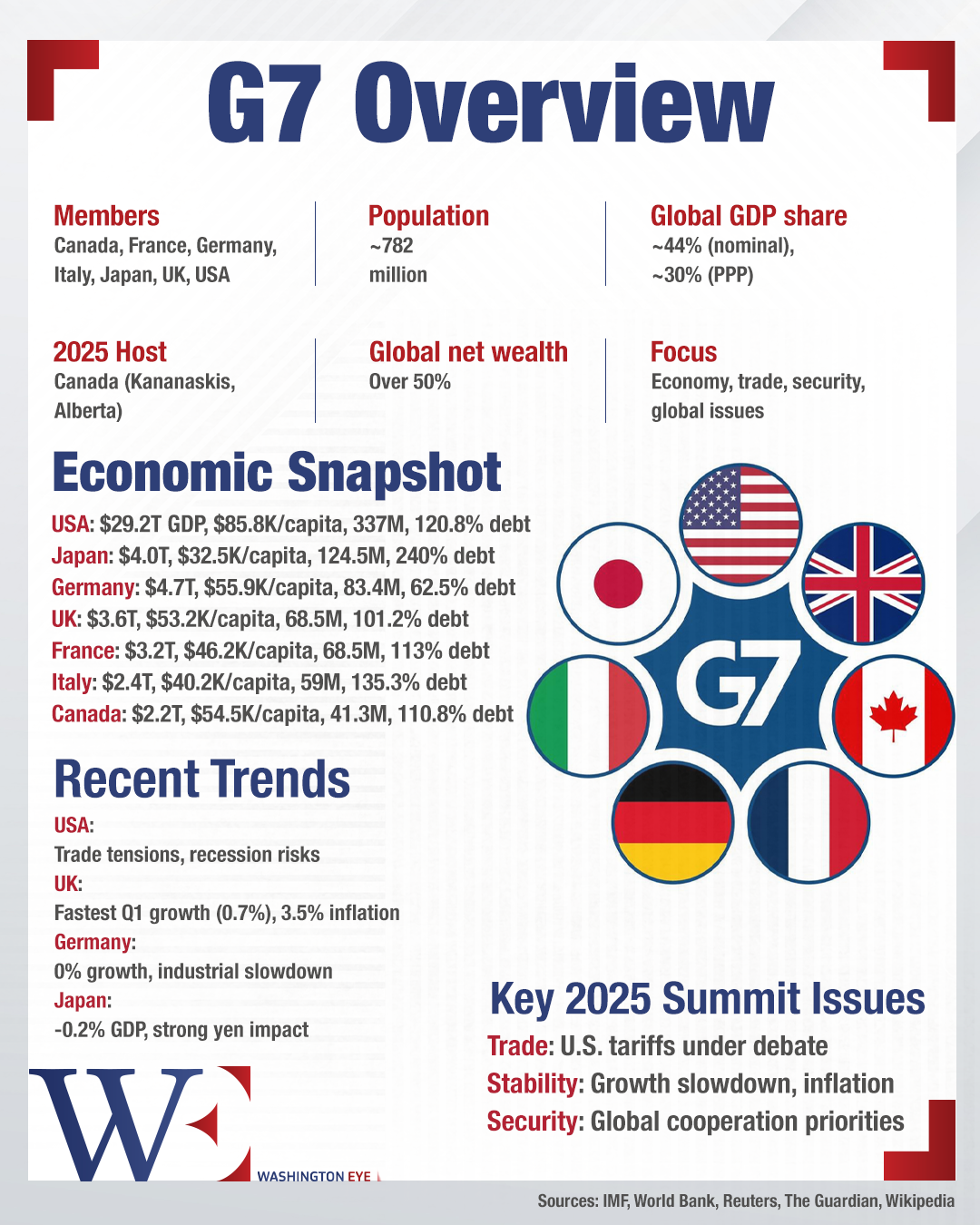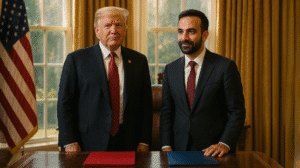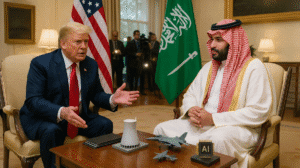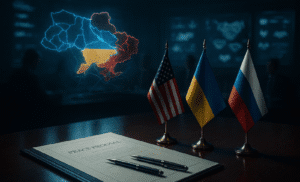The 2025 G7 Finance Ministers and Central Bank Governors’ meeting in Banff, Alberta, unfolded against a backdrop of escalating global tensions and economic uncertainty. While the summit aimed to foster unity among the world’s leading economies, divergent national interests, particularly those of the United States under President Donald Trump, posed significant challenges. Key discussions centered on the implications of U.S. tariffs, support for Ukraine amidst its ongoing conflict with Russia, and strategies to counteract non-market economic practices, notably those attributed to China.
U.S. Tariffs: A Fracture in G7 Unity
President Trump’s imposition of sweeping tariffs—25% on Canadian exports and 10% on European Union goods—has strained relationships within the G7. These measures have prompted concerns about potential slowdowns in global economic growth and have led to retaliatory actions from affected nations. Canadian Finance Minister François-Philippe Champagne emphasized the depth of the U.S.-Canada trade relationship, highlighting Canada’s position as the largest customer of the United States. Despite this, no new trade agreements were anticipated during the summit, underscoring the complexities introduced by the U.S.’s protectionist stance.
German Finance Minister Lars Klingbeil expressed optimism following discussions with U.S. Treasury Secretary Scott Bessent, noting “positive signals” and plans for continued dialogue. However, the overarching sentiment among G7 members reflected apprehension about the long-term impacts of U.S. trade policies on global economic stability.
Unified Support for Ukraine Amidst Uncertainty
The G7 reaffirmed its commitment to supporting Ukraine in its struggle against Russian aggression. Ukrainian Finance Minister Serhii Marchenko’s participation underscored the importance of international backing. Discussions included potential financial assistance and the development of infrastructure projects, such as a Ukrainian pension system, with Canadian support.
However, President Trump’s recent announcement regarding imminent ceasefire talks between Russia and Ukraine introduced a layer of uncertainty. European leaders expressed concern over the U.S.’s shifting stance, fearing it might undermine collective efforts to hold Russia accountable. The EU and UK proceeded with new sanctions targeting Russia’s “shadow fleet” of oil tankers, despite the lack of U.S. endorsement.
Addressing Non-Market Economic Practices
A significant portion of the summit focused on countering non-market economic practices, particularly those associated with China’s state-driven model. Secretary Bessent emphasized the need for G7 nations to collaborate in addressing global economic imbalances and protecting industries from unfair competition. Measures discussed included combating financial crimes, reducing the smuggling of low-value packages, and curbing the influx of illicit substances like fentanyl.
While there was consensus on the importance of these issues, the effectiveness of proposed strategies remained a topic of debate, especially given the varying degrees of economic dependence on China among G7 members.
The Elusive Joint Communique
Traditionally, G7 summits culminate in a joint communique outlining shared commitments. However, this year’s meeting faced challenges in achieving consensus, primarily due to the U.S.’s insistence that any statement align with its national interests. Canadian officials remained hopeful, with Minister Champagne expressing optimism about the collaborative spirit of the discussions. The absence of a unified statement would signal underlying fractures within the G7, potentially impacting the group’s ability to present a cohesive front on global issues.
A Final Note
The Banff G7 summit illuminated the increasing difficulty of sustaining multilateral consensus in a fragmented geopolitical climate. While expressions of solidarity on Ukraine and economic resilience were prominent, they were overshadowed by deeper structural divisions—especially the U.S.’s reversion to unilateral trade policies and ambiguous stance on the Russia-Ukraine conflict. These divides not only weaken the G7’s collective bargaining power but also risk signaling a lack of cohesion to other major global actors, including China and Russia. As global economic coordination becomes more vital in the face of systemic shocks—from inflation to energy security—the G7’s ability to act as a cohesive force is in question. The road to the upcoming leaders’ summit in Kananaskis will test whether this group can still function as a stabilizing pillar in a rapidly reordering world.

















